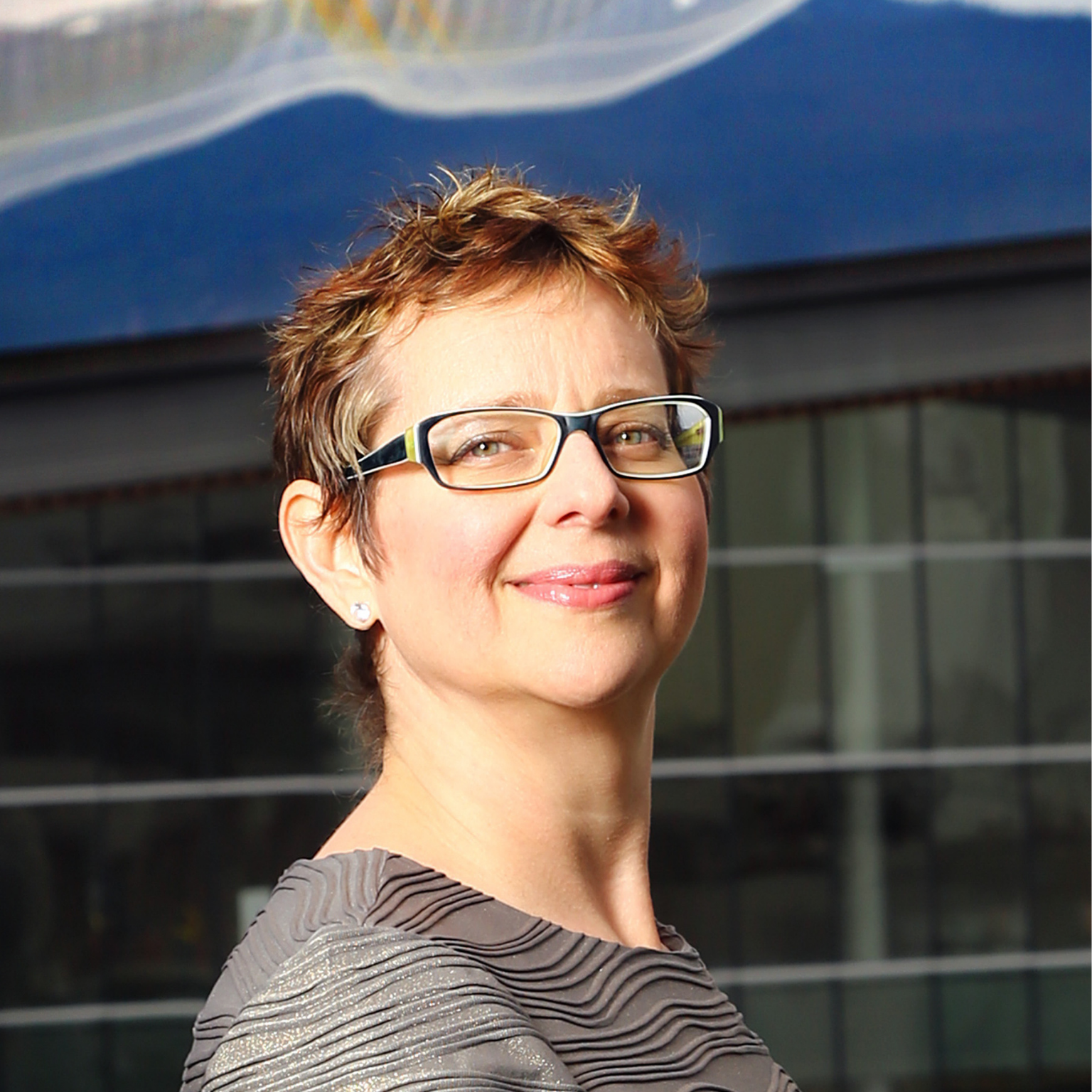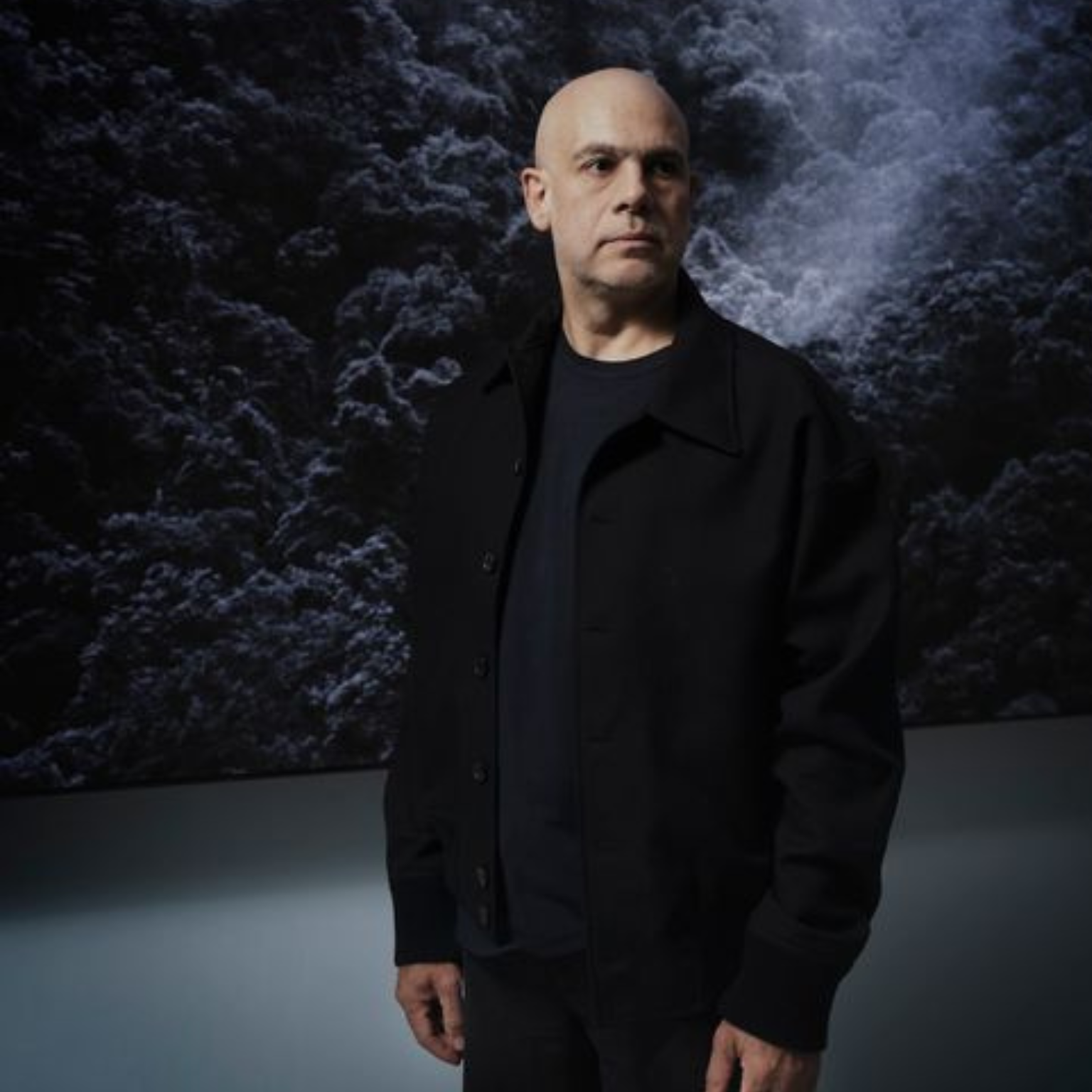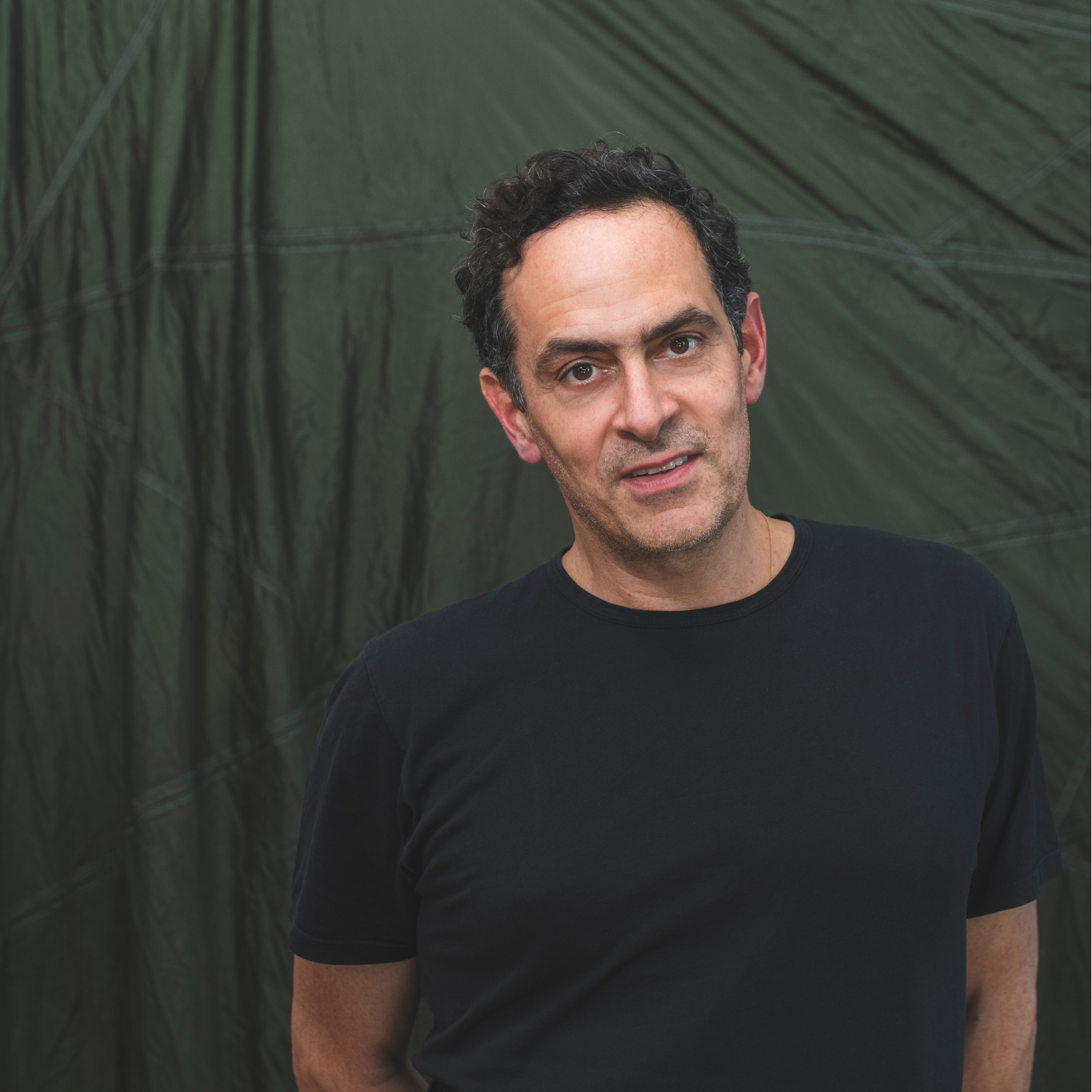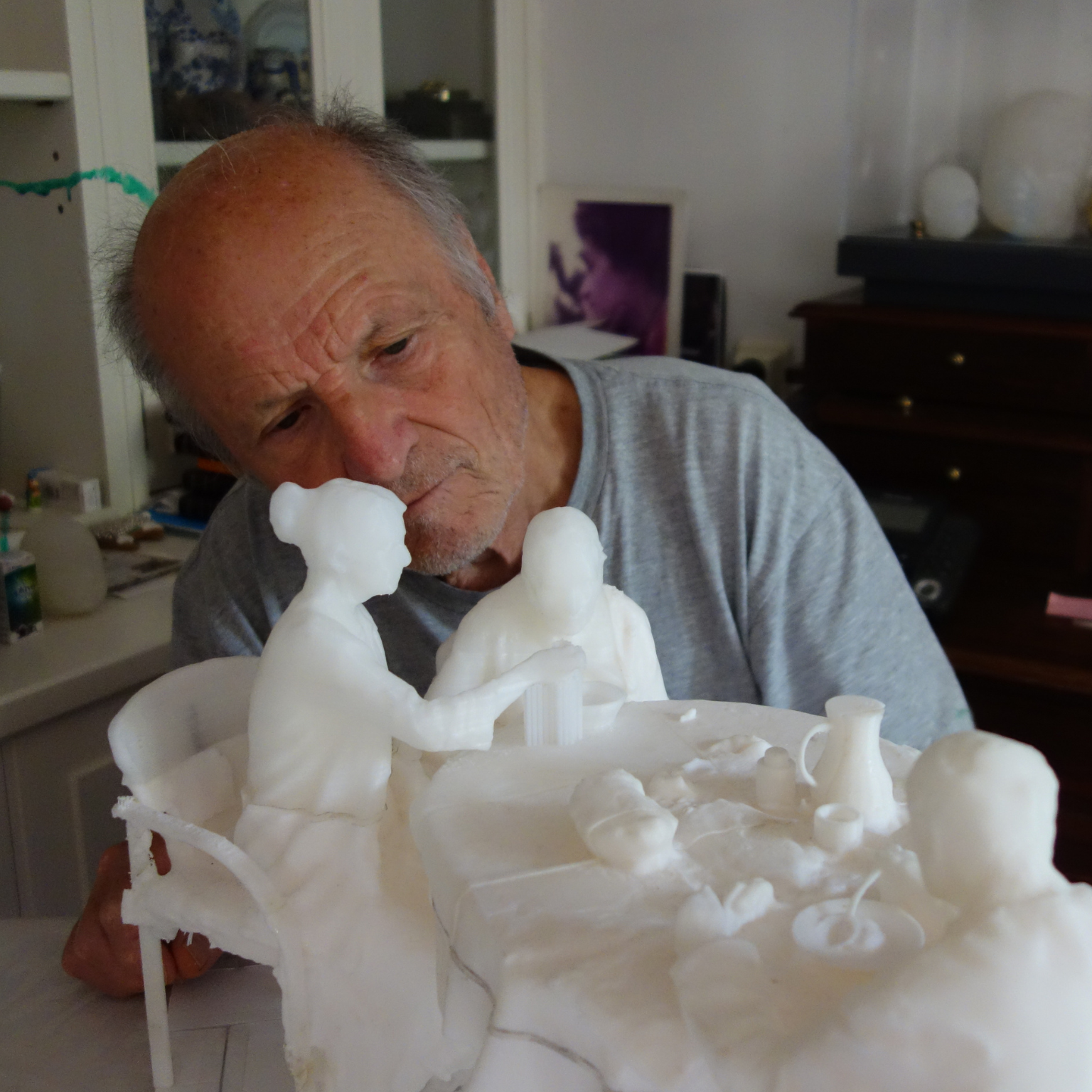Janet Echelman, American visual artist. Photography © Todd Erickson. Courtesy Studio Echelman
1.Tell us what you do and your beginnings.
I sculpt at the scale of buildings and city blocks. My work intersects sculpture, architecture, urban design, material science, structural and aeronautical engineering, and computer science. It transforms with wind and light, and shifts from being “an object you look at, into an experience you can get lost in”. Curiosity defines my nonlinear educational path.
I was a young painter when I traveled on a Fulbright Scholarship to India. Promising to give painting exhibitions around the country on behalf of the US Embassy, I shipped my special paints and equipment to create the new paintings. The deadline for the shows arrived – but my paints did not. I was in a terrible bind, with no materials to make my art.
I was staying in a South Indian fishing village, and each afternoon I walked the long beach, watching the fishermen bundling their nets into mounds on the sand. I’d seen it every day, but this time I saw it differently – a new approach to sculpture, a way to make volumetric form without heavy solid materials. My first satisfying sculptures were hand-crafted in collaboration with those fishermen. I brought them to the beach and lifted them into the air to photograph them. It was then that I discovered their soft surfaces revealed every ripple of wind in constantly changing patterns and was mesmerized.
My work has evolved and today I use unlikely materials from atomized water particles to engineered fiber fifteen times stronger than steel, combining ancient craft with computational design software to create artworks that have become focal points for urban life on five continents, from Singapore, Sydney, Shanghai and Santiago to Beijing, Boston, New York and London.
2.What are your favorite museums in the world? Why?
I like finding smaller gems, like the Calico Museum of Textiles in Ahmedabad in India, the Canal House Museum in Amsterdam, the Jim Thompson House in Bangkok, the Fogg Museum at Harvard University, the Oriental Institute at University of Chicago, the Shanghai Urban Planning Museum, the Panza Collection in Varese in Italy and the Renwick Gallery in Washington D.C.
For encyclopedic museums, there’s nothing I like nothing better than to wander without a plan through the National Palace Museum in Taipei or the Louvre Museum and make new discoveries amongst their idiosyncratic treasure troves.
3.How important are social networks in your business? And which platform do you prefer and why.
I find Instagram an important way to share the visual inspiration of our studio’s work. We also use Facebook as a way to foster our community, and my TED Talk has led to creative conversation in the comment section.
4.What are your future projects?
This year I’ll open temporary exhibitions at the Smithsonian American Art Museum in Washington D.C., and installations for Milan Design Week at the Palazzo Senato in Italy and for the Helsinki Biennial in Senate Square.
I’m about to complete the lighting for my largest permanent commission to date, Bending Arc on the new St. Petersburg Pier in Florida, and we’re in the process of installing a new work in South Korea. In the US, we’re just getting started on new permanent commissions in Florida, Texas, Ohio and California.
5.To create greater engagement among museums, artists and professionals, do you have any advice for cultural projects such as #MuseumWeek?
In the era of covid, outdoor public art installations can be a vital way to bring the art community together safely.
Interview by Fabio Pariante, journalist
MORE
Janet Echelman on social networks: Instagram – Facebook – Twitter
Janet Echelman (Tampa, 1966) is a visual artist and sculptor, she graduated from Harvard University in 1987 and is the founder of the Echelman Studio, which designs and produces public art.
With the help of light, wind and water, the artist’s giant sculptures seem “alive”: they float in the air showing colors and shapes in continuous dialogue with the environment in which they are found. The idea was born by chance when she saw fishermen building fishing nets, those same nets that she transforms in the air, all over the world, in a challenge between art and technology.
Recipient of a Guggenheim Fellowship, Echelman was named an Architectural Digest 2012 Innovator for “changing the very essence of urban spaces”. Also appreciated by Michelle Obama, the artist is currently serves on the Harvard Board of Overseers.
Some of her most famous works are: ‘1.26’ (exhibited on five continents), ‘Her secret is patience’ in Phoenix, ‘Water sky garden’ which premiered for the 2010 Vancouver Winter Olympics, ‘She Changes’ on the waterfront in Porto, Portugal and ‘Every Beating Second’ at San Francisco International Airport. Janet Echelman lives and works in Boston.



